origin
In 2017, living in the left brand through the documentary "quilt", using image recording, the brand founder Lin Qi's hometown Dongyang embedded in the brand's culture. The lotus quilt in the folk custom, the traditional blue seal, engraves a group of people's emotional connection to the "hometown." In 2018, Lin Qi returned to his hometown of Dongyang, and found that the old house that grew up in childhood no longer exists. In memory, traditional wooden houses and mud houses, along with urbanization, inhabited the modernization of residential buildings, moving away, overthrowing, and building new ones, becoming inevitable events in every city, regardless of size. Every old house has memories of generations of growth, and this memory has gradually disappeared with the old people, and history has become a thing of the past with the exit of the old houses. The memory fragments are gradually disappearing, and eventually no one remembers.
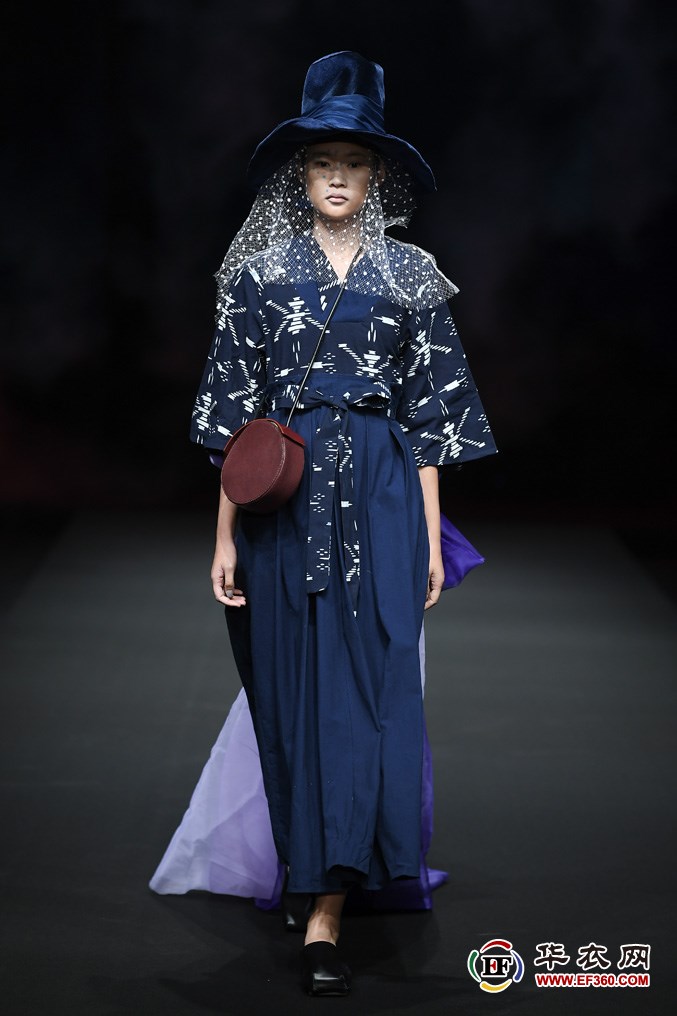

With the decline of individual history is the decline of traditional handicrafts. People are satisfied with the homogenization of cost-effective and high-output products brought about by industrialization, and the other side is the complete collapse of traditional handicrafts. Young people choose to go to a better place to develop, and to pursue new things, even if nothing wrong, but the decline of crafts has become the shackles of the times. Zhejiang Dongyang is a city famous for its wood carvings. Traditional buildings require a large number of wood carving components as a decoration for the house. With the modernization of the building invading the cities for nearly forty years and taking root, this former heyday industry has also become a sunset industry. Designer Lin Qi is also a professional student of wood carving. For her, wood carving is not only a famous industry and special product in her hometown, but also a thing that is closely related to her own day and night.

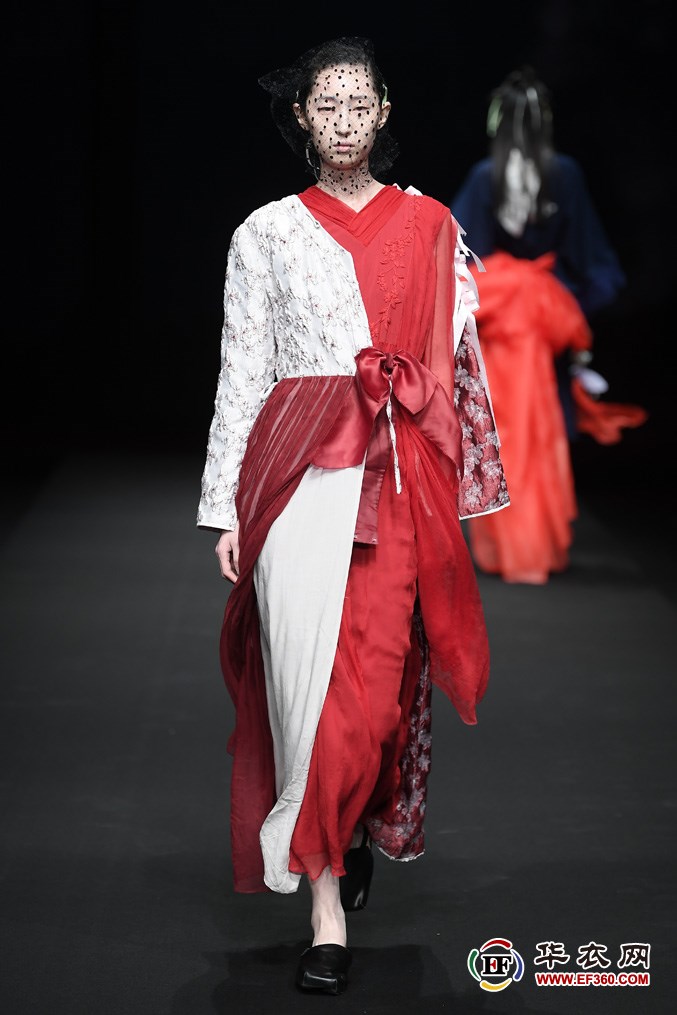
Lin Qi's thoughts and sentiments of his hometown tour in 2018 were incorporated into the series of the 2019 spring and summer - "The Village of Disappearance", which was released on November 1st, 2018 at China International Fashion Week.
Chapter
"The Disappearing Village" is the theme of living in the spring and summer of the 2019th. Lin Xi chose the spirit of freedom as the core of the 2019 design, and therefore has different design chapters with independent freedom in design. This season's show is divided into four chapters: social drama, door wall, time notes and day and night.
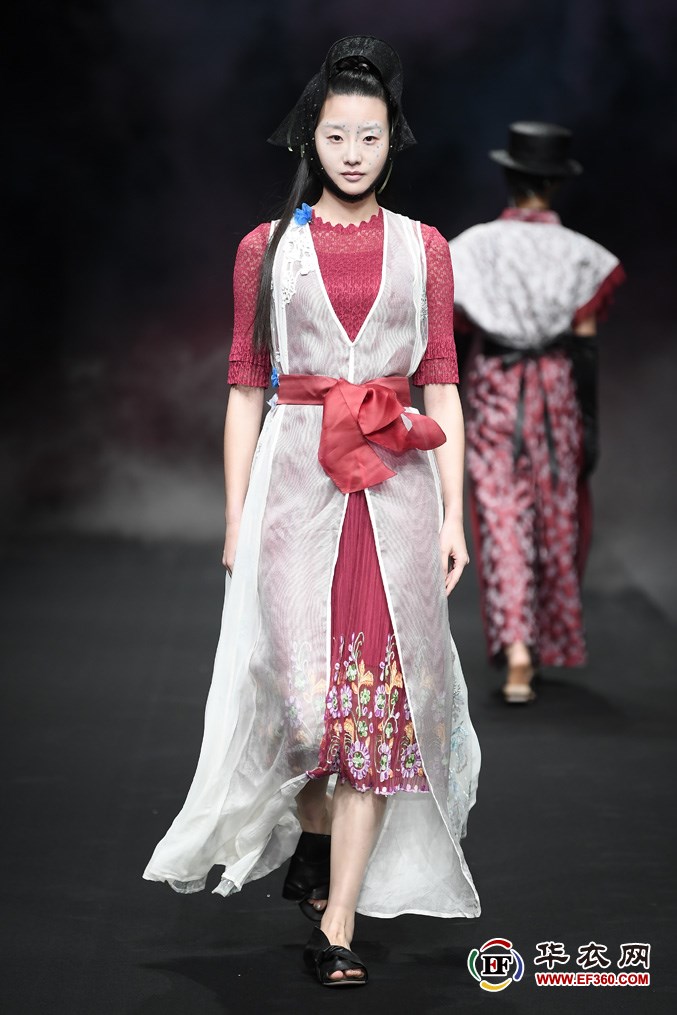
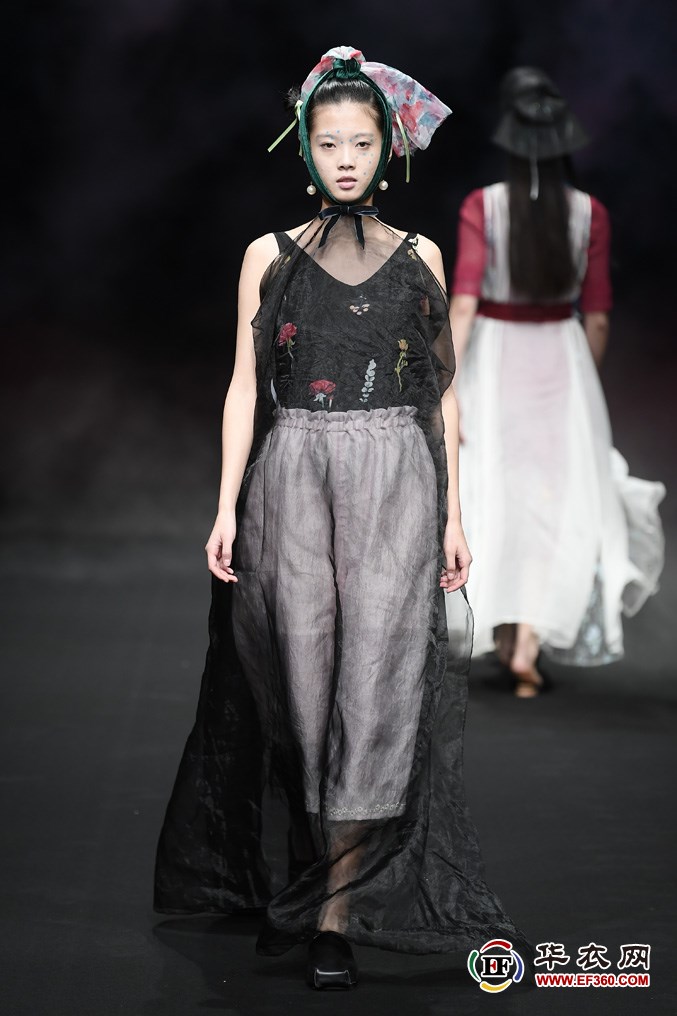
The concept of social drama comes from Zhejiang folk culture. Zhejiang is a province with a back-to-back mountain. The area is not large. However, due to the complexity of the topography and terrain, each village has its own village culture. Therefore, the migratory culture of the troupe between the villages was born. Unlike other parts of Zhejiang, a local Kunqu opera is popular in Dongyang, namely Caojing. Traditional Cao Kun, I like to draw the storyline on the folder. Therefore, the designer found some precious ancient folder wood in the search. The grass-and-kun opera story pattern printed on the wooden board gives the designer a new inspiration. The pattern is magnified and reorganized, and the modern deconstruction method is used for random tailoring, so that each piece of clothing has a unique print, which gives the work a unique soul.
The wood carving technique that has the most influence on designers is also an important source of inspiration for this season's design. Many old and old Ming and Qing buildings in Dongyang, as the village gradually weakened, the old house was overthrown and demolished, and the fine wood carvings on the old doors and windows were damaged to varying degrees. Even the protected wooden walls and windows are left with ruins, as if people were reminiscing about their own growth and eventually being eroded by time. This sentiment prompted the designer to try to recreate the memories of the old village, and incorporate a large number of floral patterns collected in his hometown journey into the design. The second chapter of the theme of the door wall is also the designer's expectation that the woman who lives in the left dress can break her own shackles, the door of the society, while understanding the road of self, but also looking for the world outside the wall. .
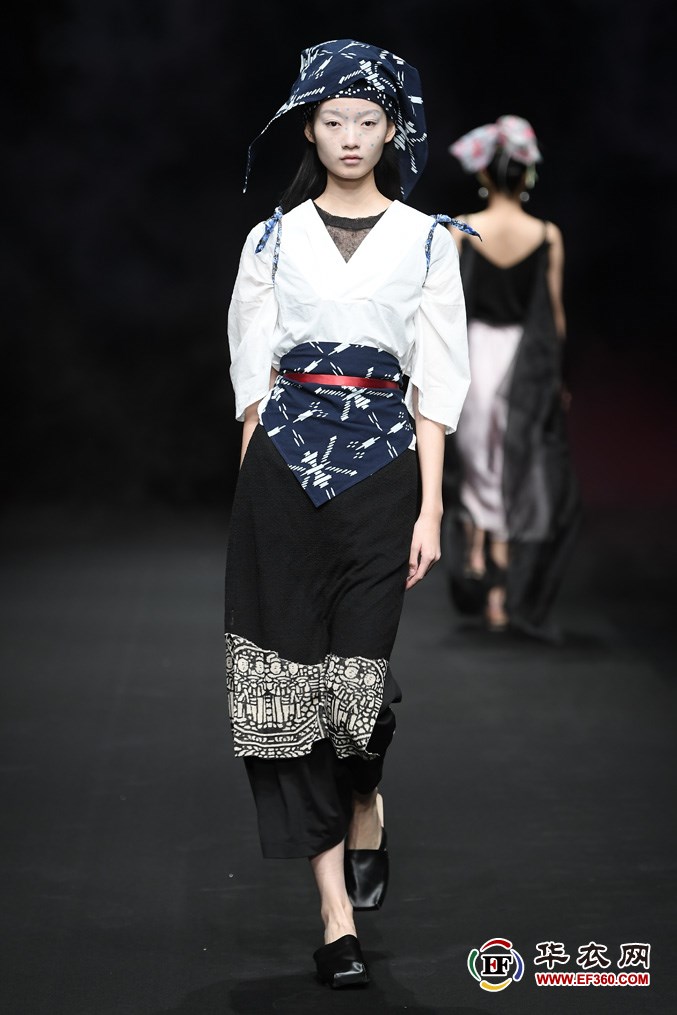

The third chapter of this season's series is inspired by the work of the famous poet Laurence Ferlinghetti of the American Beat Generation. The designer chose the most moving part of the poem, which was printed on the fabric as a print. At this time, the East and the West, the emotions are not afraid of the difference between the words, the changes of the geographical space and time, turned into a bond to connect the people together. Therefore, the designer chose the time note as the name of the chapter. In this chapter, the designer chooses to use the bow element to combine countless bows, meaning the link between the past and the present, and transform the "even distance asunder but soul linked together" into reality.
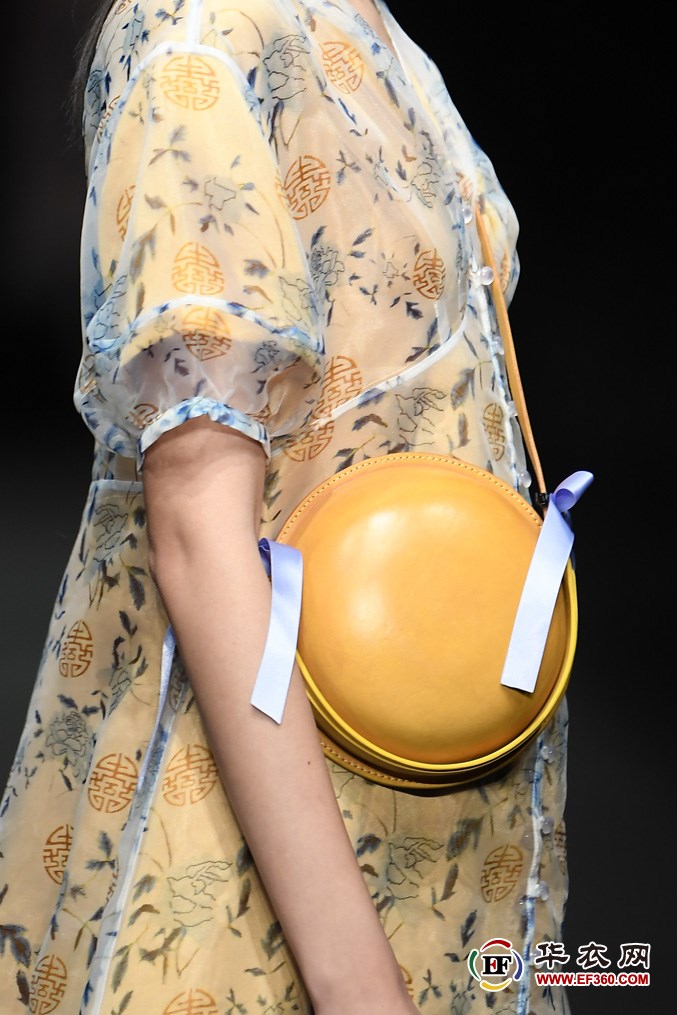
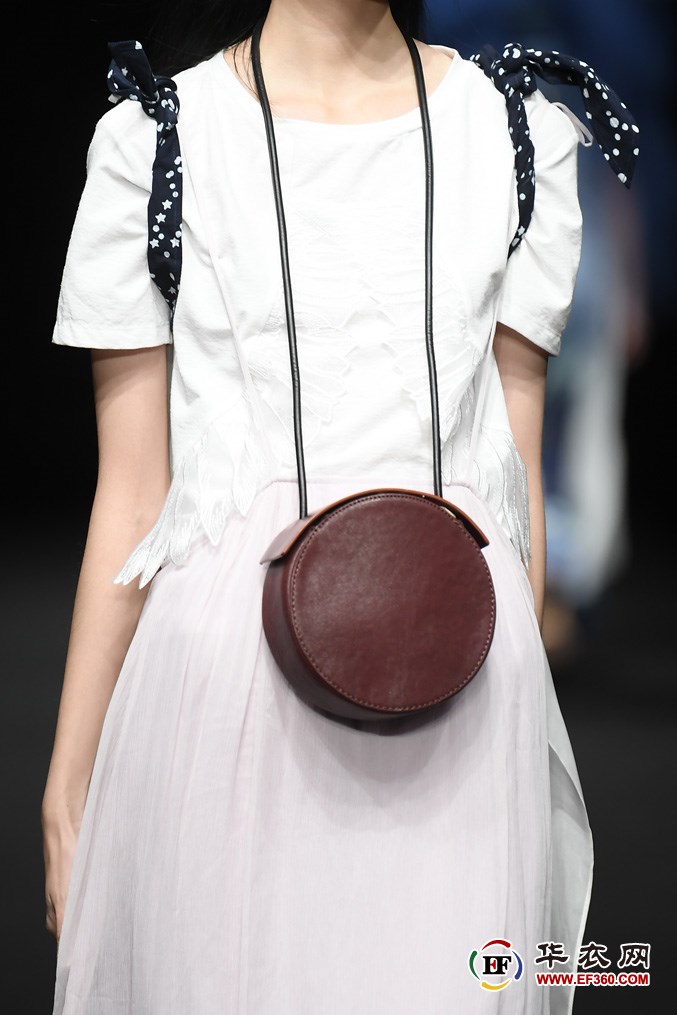
The last chapter is staying up late. Modern people live between people for a long time, naturally becoming a noun rather than the everyday environment in life. In the traditional village society, people and the world, and the relationship with nature is more closely. In the pre-Qin ancient poem "The Landing Song", "The sunrise is made, the day comes into the air", and the changes in the day and night and the stars are closely related to people. The designer sent a chapter to stay up all night, and chose to use the printing to transform the alternating changes of the sun, the moon and the stars into the texture of the fabric. Through the layered yarn and silk material, the simple and simple people between the traditional and the heavens and the earth will be restored. Presented in front of the audience.

Pigeons are classic totems that symbolize light, freedom and rebirth. They also symbolize the return of the distant, and the wanderer who travels far away is also the core element of this season's design. In the series design, the wings of the pigeons are transformed into lace patterns and printed totems into the skirt, indicating the strength of the face of the disappearing collective memories and the calmness and gentleness of the women facing the future.
end
The disappearing village, living on the left, tries to examine the relationship between man and nature in modern society, a state of constant alienation and estrangement. At the moment when modernization and technological advancement are accelerating, the price of convenience and comfort is to involve the whole society in "fast life." The meaning of life is disappearing, history is dying, and memories are fading as they are cut into pieces. In the disappearing village series, the designer continues the core design concept of the “unrepeatable handwork†advocated by the brand, and integrates into the hometown/hometown – the memory city that cannot be returned and the traditional skills of the past. Thinking. Paying tribute to the deconstructionism of the famous Japanese designer Yohji Yamamoto in the design of the clothing, and using the traditional techniques of hooking, knitting, embroidering, dyeing and printing, combined with contemporary design elements, such as seat belts, etc. The design point is to present this season's series in front of the audience in four distinct chapters. Living on the left tries to express the thoughts and doubts about the modernization of the hometown through the medium of clothing, and hopes to transform between different media, such as the transformation of the totem, the woodcarving pattern, the exotic poetry into the fabric texture. In the medium, through reorganization and random tailoring, the costumes are given a new form, which in turn evokes the audience's attention to traditional culture and explores the decline of traditional craftsmanship.
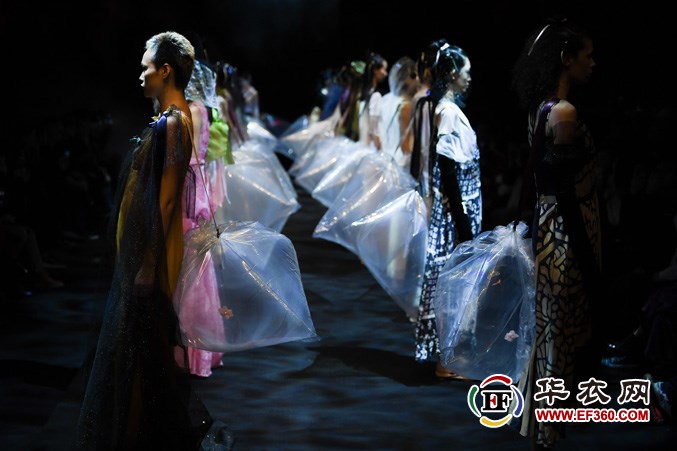
Living in the left was founded in 2014 by Huimei Group executive director and designer Lin Qi. The brand advocates the quality of life and the true attitude of the heart. It follows the law of the growth of nature and the nature of nature. The core concept of design, mainly using four natural fabrics of cotton, hemp, silk and wool, leads consumers to find a life attitude of “free life, taste lifeâ€.
Apparel tag is most important trims to show the brand. It was used together with paper Hang Tag. We can produce all kinds of material and shape apparel tags.It including plastic apparel tag, alloy tag, aluminum tag, metal tag,PVC layer tags and so on. 90% clients like plastic apparel tag, cos it`s low producing cost,light weight,quick delivery time. The producing process and color are very stable.Almost garments used tags,especially top brand apparel. The apparel tag need to have same color base as the apparel,paper hang tag. All color should be same.
Aluminum tag is very light,but the producing cost is more expensive than the Plastic Tag. About twice or three times price of Plastic Tags. The middle part of aluminum divide into two option: paper and plastic.Paper is of printing logo, the plastic have the hot stampling high relief logo. You can decide which one is better for your apparels.We can provide many aluminum tag photos to you,these tags are produced by other clients.

Apparel Tag
Apparel Tag,Clothing Label,Clothing Hang Seal Tag,Clothing Security Tags
Boyuan garment accessories co.;LTD , http://www.sealtags.com